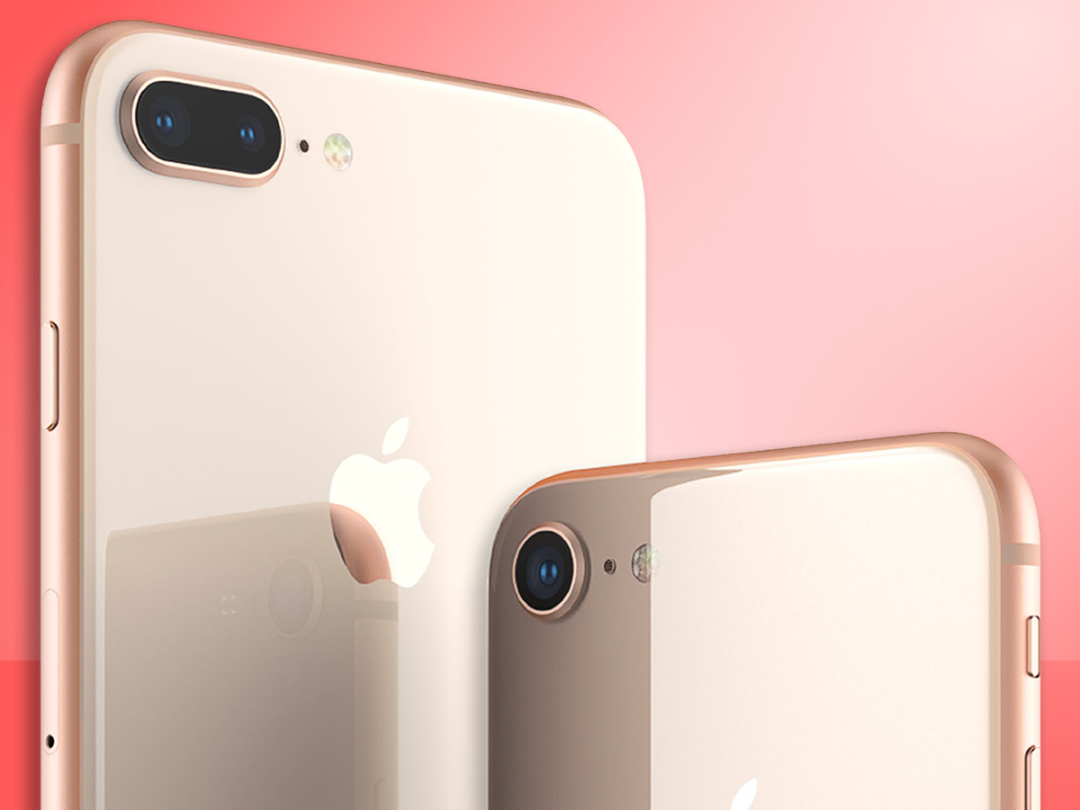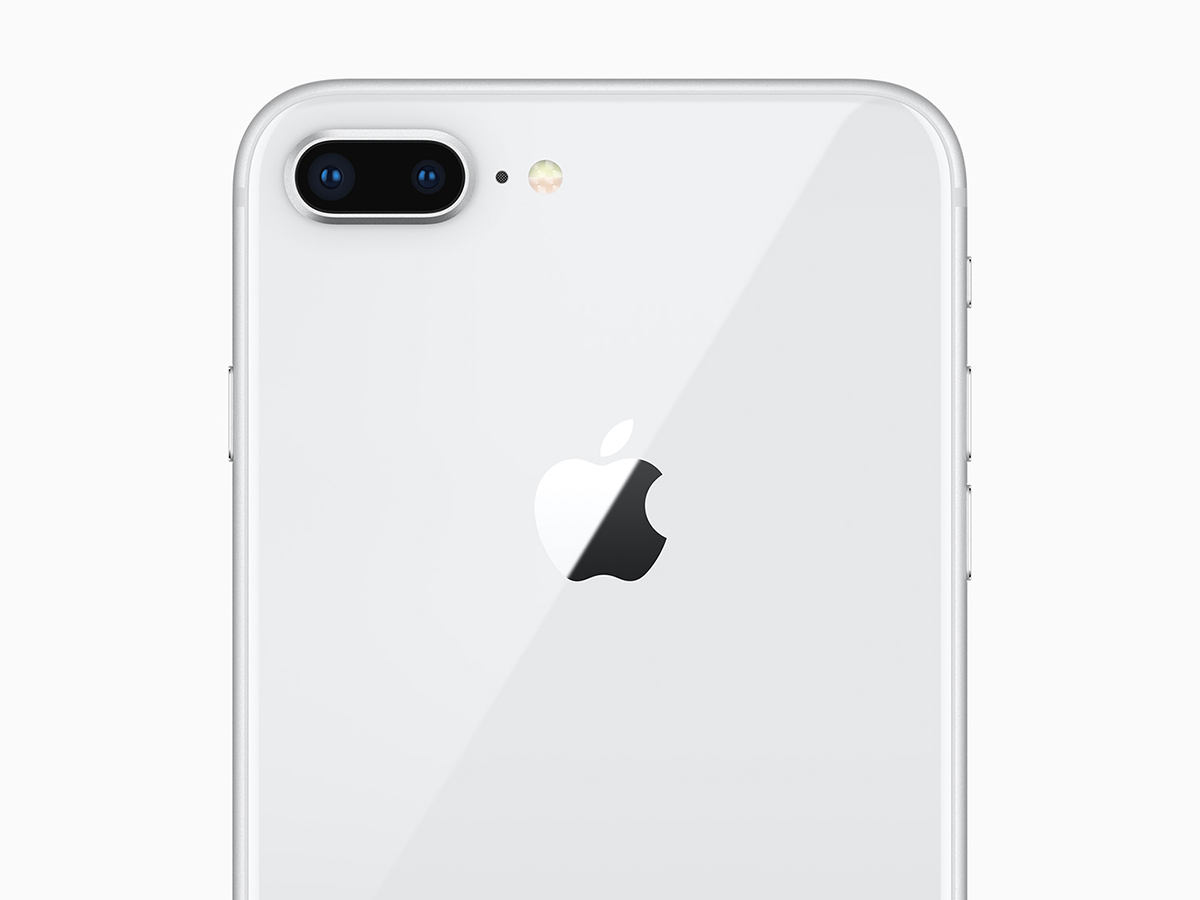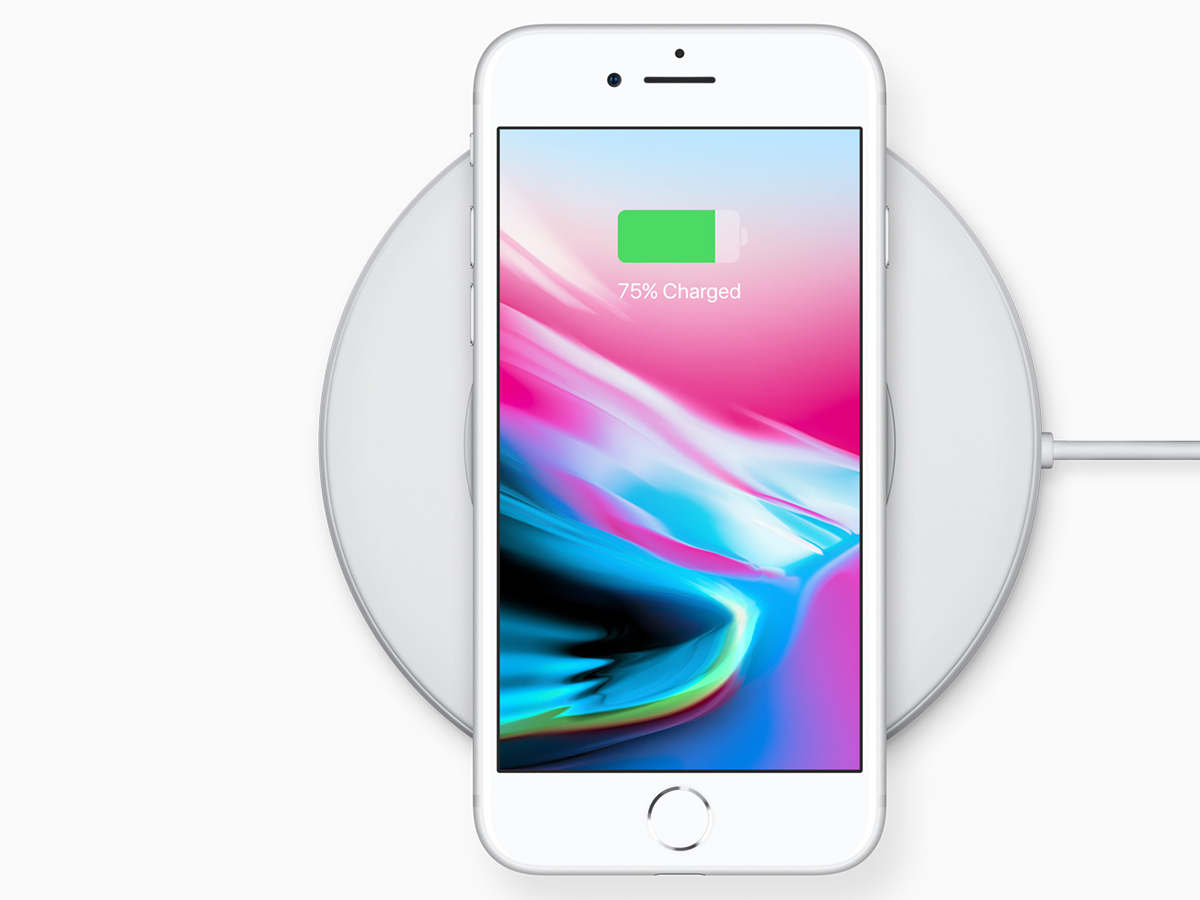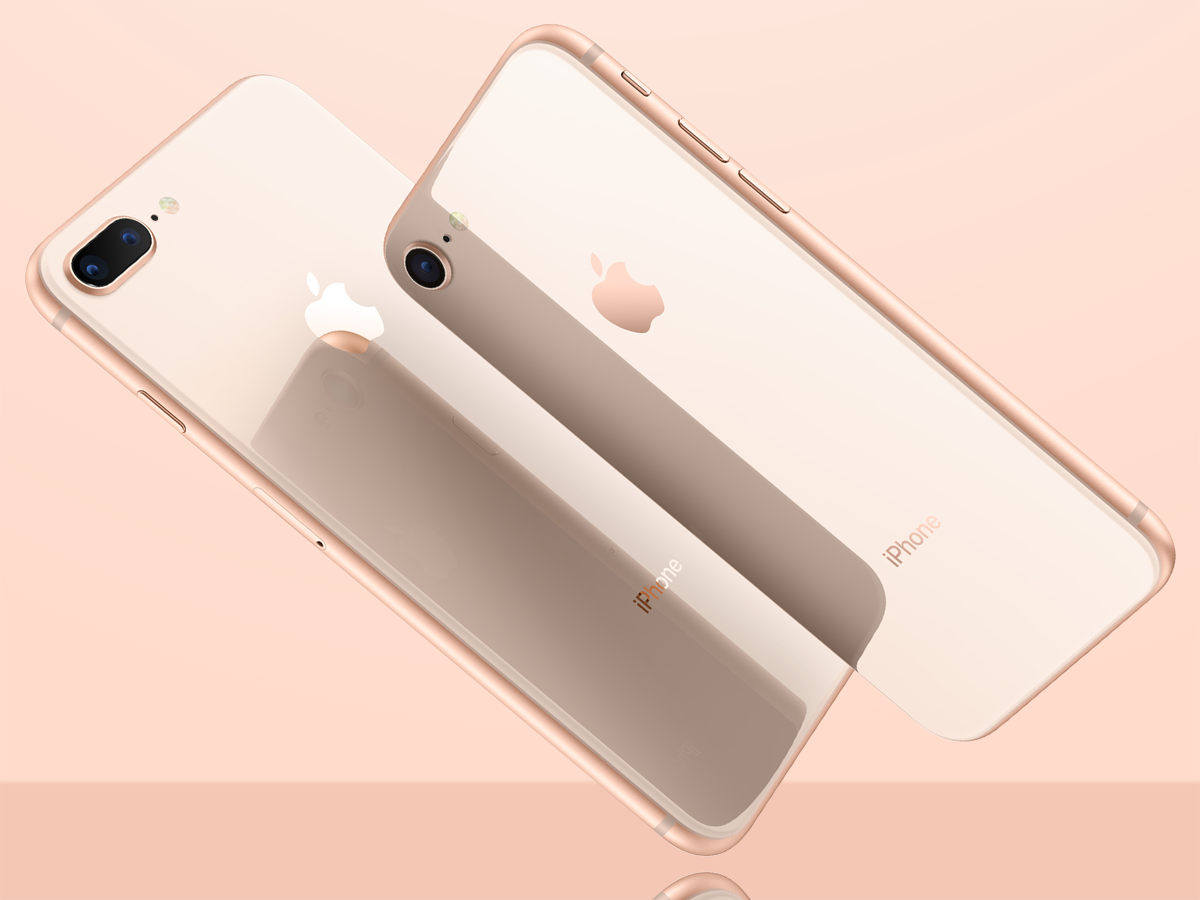Apple iPhone 8 & iPhone 8 Plus review round-up
What the rest of the tech world thinks about Apple's latest (but not greatest) iPhones

There are only a few days left until the iPhone 8 and iPhone 8 Plus go on sale, and reviews have started to trickle out over the internet.
Wireless charging, switching from metal to glass, and an even more powerful ‘Bionic’ CPU are just a few of this year’s stand-out features, but despite the new number at the end, this iPhone doesn’t look all that different from the last one.
We’re not quite ready to deliver a verdict on either phone here at Stuff, but in the meantime, we’ve gathered up opinions from the rest of the tech world to find out what the common consensus is.
So, has Apple delivered the best iPhone yet, or is the iPhone X-shaped elephant in the room simply too big to ignore?
DESIGN: Glass-tastic

From the front, not much has changed from last year’s iPhone 7 and iPhone 7 Plus, which themselves weren’t radical departures from the iPhone 6s, or iPhone 6 before that. Engadget reckons "It must take a lot of effort to keep reinventing the same basic design without actually changing it."
Up front, you get the same TouchID-equipped home button, and the same large top and bottom display bezels. At the bottom, you’ll find a Lightning port for charging, stereo speakers, and no headphone jack – something The Verge calls "still routinely annoying on every phone that omits it."
On the back, though, it’s all change, with glass instead of metal. There are no antenna bands in sight, and the glass is oddly resistant to fingerprint smudges, so the common consensus was that the new phones genuinely do look a bit slicker than the ones they are replacing. Will that glass back really make you stand out from the crowd of iPhone 7, iPhone 6s and iPhone 6 owners, though? The Telegraph posited that "if you put them in a case – as you should – it’s all rather academic."
The Independent was a big fan of the new Gold colour, at least, calling it a "buttery sunrise that looks snazzy on the edge" but especially good looking on the back, where it "makes the phone almost glow." Snazzy.
The verdict:
Subtle changes, perhaps, but important ones that paved the way for wireless charging mean it’s mostly good news here. Just try not to drop it, yeah?
SCREEN: LOOKS FAMILIAR

The iPhone 8 has a 4.7in, 1334×750 resolution LCD screen, while the 8 Plus finds room for a 5.5in, 1080p display. If that sounds familiar, it’s because this is unchanged from last year’s iPhone 7 and 7 Plus. Both use the DCI-P3 wide colour gamut, just like before, and haven’t gained anything in terms of brightness or contrast. Or, as Engadget puts it, "the screens used in the iPhone 8 and 8 Plus are mostly the same as the ones they were meant to replace".
The one big difference is True Tone, an ambient light-sensing trick that tweaks colour balance to better suit your surroundings. The Verge is a big fan, saying TrueTone "just makes [the screen] look better," and that you "won’t notice it working while it’s on" unless you "obsessively click the button on and off". The Independent called it "quiet, but revelatory", and a "welcome addition to the iPhone screen."
it’s not all good news, though. Engadget "can’t help but be disappointed that neither of these new phones supports HDR content." After seeing it side-by-side with the OLED iPhone X, The Telegraph said "I don’t think it’s the best screen I’ve ever seen on a phone," suggesting the current crop of Android handsets might still have an edge here.
The Verdict
If you liked the iPhone 7 and 7 Plus, you’ll find nothing to complain about here. Screen size, resolution and colour gamut remain unchanged, but most sites agree that the addition of TrueTone adaptive colour temperature does a great job in compensating for the lights around you. HDR would have been nice, though.
CAMERA: NOT QUITE PORTRAIT PERFECTION

The camera is the one major area (screen size and battery life aside) that really separates the iPhone 8 and iPhone 8 Plus. Both have 12MP main snappers, but the Plus has a secondary sensor for adding lossless zoom and bokeh-blurring portraits. Whichever one you go for, an iPhone’s camera is a big deal – so much so that TechCrunch dedicated almost its entire review to this one feature, calling it "the best reason to buy a new iPhone this year, just as it has been several years running."
Resolution might not have changed, but Apple has increased the sensor size, and made the pixels deeper. According to TechCrunch, that means "better isolation between capture elements", eliminating the "speckle that results in color confusion between two pixels." Does that make it the best smartphone camera, though? In a shootout between the iPhone 8 Plus, Google Pixel and Samsung Galaxy S8, The Verge said the iPhone delivered the most consistent results, although the Pixel won out in low-light.
Perhaps a lot of that falls down to personal preference. Apple told The Verge it was aiming for "realism instead of saturated colors and smoothing" when it comes to photos – something that gives the iPhone its signature look, compared to the vibrant saturation of Samsung’s Galaxy S8. If you don’t like unrealistic images, the iPhone should serve you well.
Portrait Mode on the iPhone 8 Plus is "much improved" over last year’s version, according to Engadget, with the phone doing "a better job of figuring out where the edges are blurring out the background behind them." The new addition is Portrait Lighting, a beta feature which has garnered a mixed response from the tech world. The Independent called it "close enough to ready to be included from day one," while Cnet thought it looked "very fake and weirdly clipped". The Verge called it "fun to play with", but hoped it would "get better when it’s out of beta."
Video, though? It’s a thumbs up all round, with 4K video recording at 60fps being "almost surprising how crisp and impressive fluid" it looked on an iPhone screen, according to Engadget.
The verdict
The main 12MP camera is a small step up from last year’s model, with more vibrant colours and improved details, but the secondary snapper on the iPhone 8 Plus only adds marginal gains.
PERFORMANCE: ALL THE POWER, SOME OF THE TIME

Both the iPhone 8 and 8 Plus arrive with Apple’s latest silicon, the A11 Bionic CPU. It’s a six-core monster that "crushed all other phones" in benchmark tests run by Cnet.
The Verge says "Apple leads the industry in mobile chip design and performance", so it comes as "no surprise" that the A11 is "lightning-fast".
Whether you’ll notice depends on what you’re doing, though, according to Engadget: "If you’re coming from an iPhone 7 or 7 Plus, don’t expect to see any differences when you’re just swiping through home screens or launching apps". That’s because for the most part, both phones stick to the four high-efficiency cores, only swapping to the two high-performance cores when the going really gets tough, like when you open an augmented reality app.
AR is one of the iPhone 8’s biggest selling points, and according to the Independent, it works "astonishingly" well. Animated images are "locked in place so effectively they add a layer of realism not seen before", in Google Tango phones or anywhere else.
The one area that didn’t seem to impress, on either phone, was battery life. They have smaller batteries than last year’s models, so even with a more energy-efficient chip, they don’t last any longer between charges. The Daily Telegraph called this "a bit of a disappointment, especially on the smaller model", and according to the Independent, "nightly charges are recommended" to stay refueled.
Wireless charging went down better, even if it isn’t particularly speedy at the moment. The Daily Express said not to "expect your iPhone to be full of power with just a few minutes on the pad", but TechCrunch hailed the "grab-and-go experience".
The verdict
The A11 Bionic chip makes the iPhone 8 and iPhone 8 Plus the fastest iPhones to date. No surprise, really – they’ll blitz just about any app or game you can throw at them. Battery life hasn’t really changed from last year, though: expect a similar time between top-ups, even though the addition of wireless charging makes things a little more convenient.
VERDICT: Wait for the X. Maybe.

The tech world seems pretty united: the iPhone 8 and 8 Plus are the best iPhones around. For now.
The iPhone X effect can be seen influencing just about every review, with Cnet outright calling the 8 Plus the "best iPhone you can buy – until November 3rd". TechCrunch decided that "Had Apple not announced the X when it did, the iPhone 8 would be an easy choice for upgraders", but its presence seriously muddies the waters.
Neither the 8 nor the 8 Plus do much with the now-familiar iPhone design, and are starting to show their age against the Android competition – even with improved hardware inside and the addition of wireless charging.The Verge was pretty damning, suggesting there wasn’t a "single compelling reason" to upgrade to an iPhone 8 from last year’s iPhone 7, but the Daily Telegraph thought otherwise, saying "there’s enough upgrade here to make it worthwhile".
It appears that anyone still on a pre-7 era iPhone would do well to consider an upgrade, but anyone thinking about buying the Plus should also consider making the leap to an iPhone X in a few months instead.
We’ll be ready to deliver our own verdict soon, so make sure to check back once we’ve properly put those new cameras through their paces to find out what we think.
Where to buy
Buy the Apple iPhone 8 and iPhone 8 Plus SIM free here from Apple, or see our best deals on contract
READ MORE › The 10 best smartphones in the world right now



